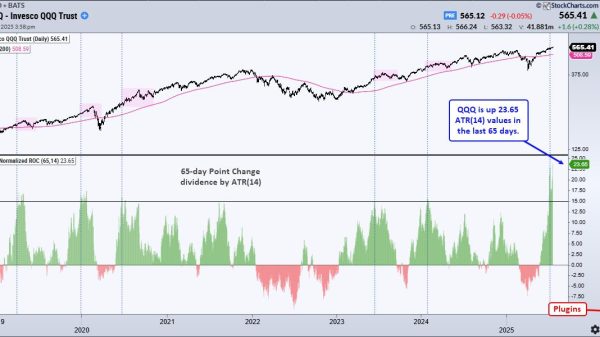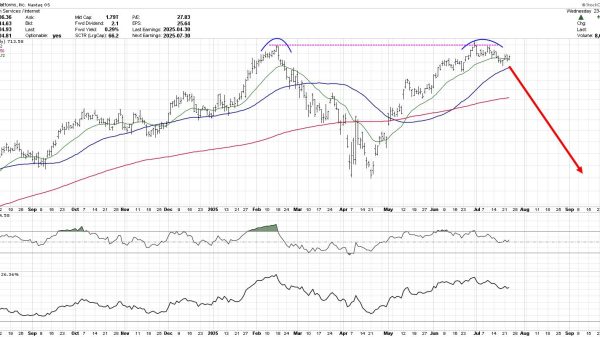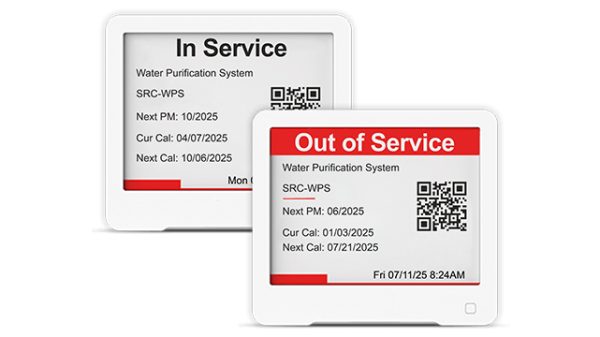You want to come across as authentic and positive to your customers, right?
But this intention is complicated in the information age because anyone can easily spread false information to discredit organizations. Decades spent building a positive reputation can be tarnished overnight with rampant misinformation (false information presented as true), so you need a strategy to prevent this.
Damages to brand reputation are expensive to repair. At least $200,000 expensive according to some studies. So it’s essential to ensure the information customers receive about your brand is authentic, true, and positive.
This article explores three steps to building a misinformation strategy for your business, such as understanding the impact of misinformation, the components of an effective strategy, and leveraging digital adoption. By the end of this article, you’ll be able to more effectively avoid misinformation and protect your brand.
Step 1: Understand the Impact of Misinformation
Your strategy for reducing misinformation aimed at your company needs to begin with understanding the impact.
If you allow misinformation to occur, the consequences will include:
Loss of brand reputation: Companies take years and millions of dollars to establish their brand as trustworthy and offering value and quality. Misinformation can damage this reputation and be very costly and time-consuming to repair. Customer confusion and decreased trust: Misinformation causes confusion for customers because they no longer know what is true and what is false about the company. This confusion leads to lower trust levels. Legal and regulatory repercussions: Some forms of misinformation can involve accusations that can lead to legal actions or regulatory consequences. Even if the accusations are baseless, legal defense can be costly.It’s essential for businesses to recognise these threats, such as fake news and social media misinformation in order to maintain long-term success and avoid damages to their brand that will remain in the social consciousness forever.
Step 2: Know The Key Components of an Effective Misinformation Defense Strategy
Next, you need to begin planning your misinformation defense strategy and the first item on your list must be to know its key components. Knowing these key components can give you an overview of what you need to cover so you don’t miss anything and build a comprehensive and effective strategy.
The first of these components involves proactive monitoring and detection of misinformation.
Proactive Monitoring and Detection
You must be vigilant to stem the flow of misinformation and reactivity, as reacting only when threats occur, never works with this threat.
You need to implement proactive misinformation monitoring and detection by using tools and technologies to identify false information. Look out for social listening platform tools, which monitor social media platforms for false information about your company and AI-powered tracking features as these are the best technologies to let you know who’s saying what about your organization.
Clear Communication Channels
Clear communication is your friend to fight false information spread from unknown sources. It can put out fires quickly but only if these channels are efficient and effective and ready at a moment’s notice to counter false information with truth.
Begin by developing internal and external communication protocols to ensure communication will happen fast and accurately when necessary to counter misinformation when it occurs.
Transparency will help show customers that you are honest and authentic with every aspect of your organization and have nothing to hide. Be honest if smaller elements of misinformation are true to show you are ready to admit wrongdoing. But also be clear that much of what your company was accused of is simply untrue.
Employee Training and Awareness
Beat misinformation that the public believes about your company from within. Train employees with misinformation training, including how to spot and deal with untrue information, especially if members of the public ask them what’s ‘really true’ about their organization.
It’s also helpful to offer staff resources to manage misinformation with crisis communication, which involves referring members of the public to the PR department, not talking in detail about processes of their organization and avoiding expressing opinions about their company.
Step 3: Leveraging Digital Adoption for Misinformation Defense
The final step is to leverage digital adoption in your misinformation defense. It’s best to begin by finding the right digital tools.
Digital Tools for Misinformation Defense
As stated by this source, digital adoption solutions can aid employees in managing new tools when dealing with misinformation aimed at their company. A digital adoption platform (DAP) is a tool that allows employees to train as they work and learn new tools as they use it for tasks. A DAP can also simplify the use of misinformation monitoring and communication tools as employees learn how to use them faster, saving money and time.
Automation and AI
Monitoring and communication tools can use a little boost to constantly check for false information on social media and other platforms. This boose comes in the form of AI, which can automate many processes, making them faster than when humans do them in real-time and give data on a broad range of areas of the internet in one centralised location.
IoT technology can also significantly enhance your misinformation defense strategy by providing real-time data and insights. By deploying IoT sensors and devices, you can monitor and track information flow, public sentiment, and potential misinformation trends in real-time. This data can be integrated with your AI-powered monitoring tools to improve accuracy and speed in detecting false information.
Training and Support
Digital adoption can equip employees with all the right tools they need to combat misinformation with the latest technologies. A large workforce has a diverse range of needs, so it’s essential that tools, like DAPs, are easy to use to help organizations stay ahead of disinformation, which is constantly evolving.
Conclusion
Remember the key three steps to a successful disinformation defense strategy: Understanding the impact of disinformation, learning the key components, and leveraging digital adoption to give your staff the skills they need to understand and combat disinformation on an individual level.
But don’t rush ahead. It’s essential to start small and remain consistent to address misinformation to protect your brand’s identity. Before you begin any strategy, learn as much as you can about misinformation. Understanding is the best weapon against it.
So begin your research, learning and understanding today to combat disinformation and protect yourself from the dangers of untrue information about your company.
The post 3 Steps to Building a Misinformation Defense Strategy for Your Business appeared first on IoT Business News.
























